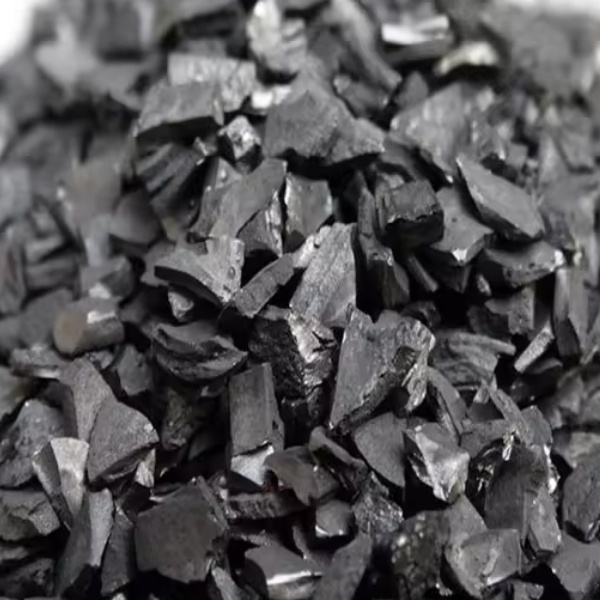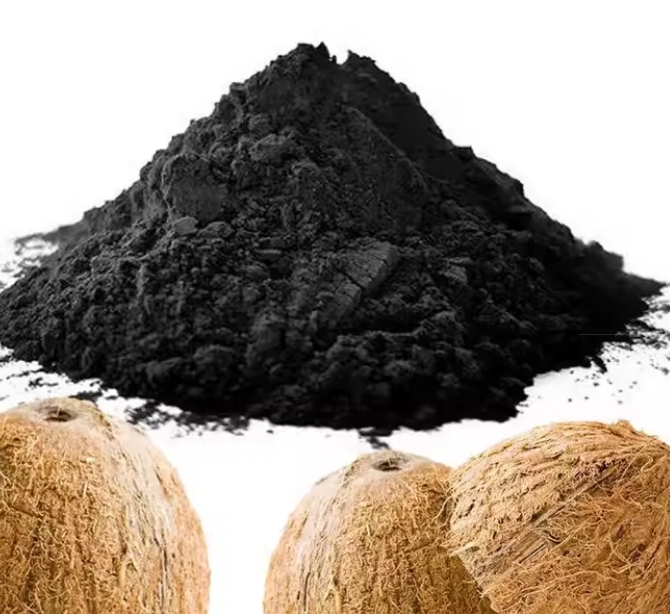There are many indicators for coconut shell activated carbon, each with different properties. The following indicators can help users and technicians quickly understand the role of activated carbon indicators:

| No. | Index | Explanation |
| 1 | Particle(mesh size) | Particle size refers to the size of activated carbon particles. The distribution of particle size affects bed pressure drop, adsorption speed and filtration efficiency. |
| 2 | Iodine | The iodine adsorption value refers to the mass of iodine that can be adsorbed by 1 gram of activated carbon. The higher the iodine value, the stronger the adsorption capacity of the activated carbon. The iodine adsorption value is an important indicator for measuring activated carbon. Activated carbon with a high iodine adsorption value has developed micropores (pore diameter less than 2nm), has a strong ability to adsorb small molecular compounds, and has a better use effect. |
| 3 | Methylene blue | The methylene blue adsorption value refers to the mass of methylene blue (molecular formula: C16H18ClN3S2) that can be adsorbed by 1 gram of activated carbon. The methylene blue adsorption value is an indicator to measure the development of the transition pores (pore diameter 2-50nm) of activated carbon. The transition pores mainly adsorb larger molecular compounds. It is also a channel for micropores. |
| 4 | Ash | Ash is mainly composed of silicate, iron and trace elements; different processes have different requirements for ash. During the production process, the content of corresponding components can be reduced according to the user’s process requirements. For example, the iron content has an impact on the production of MSG. Magnets can be used in production. Selection and pickling process to reduce iron content. |
| 5 | Moisture | Moisture refers to the proportion of water in activated carbon, mainly due to the adsorption of water vapor in the air after the product is released. The stronger the adsorption capacity of the product, the more difficult it is to control the moisture. Excessive moisture will increase the purchase cost and also reduce the adsorption effect of activated carbon. |
| 6 | Hardness | Hardness refers to the wear strength, and activated carbon with low strength will produce a large amount of powder during use, reducing its effectiveness and service life. |
| 7 | Bulk density | The bulk density represents the mass per unit volume of activated carbon and is independent of the particle size of activated carbon. The bulk density is generally used to calculate the theoretical amount of activated carbon based on the bed volume. |
| 8 | PH value | Due to the nature of plant materials, the pH value is generally alkaline, ranging from 9-11. According to the process requirements of users, acid washing can be used to adjust the acidity and alkalinity during the production process of activated carbon. |
| 9 | Carbon tetrachloride | The adsorption rate of carbon tetrachloride is one of the key indicators of the development of transition pores and macropores in activated carbon. The higher the value, the wider the channel and the faster the adsorption rate. |
The different indicators of coconut shell activated carbon are multidimensional measures of product quality. When purchasing coconut shell activated carbon, it is necessary to understand the indicators of activated carbon, combine them with practical applications, and choose high-quality coconut shell activated carbon.



